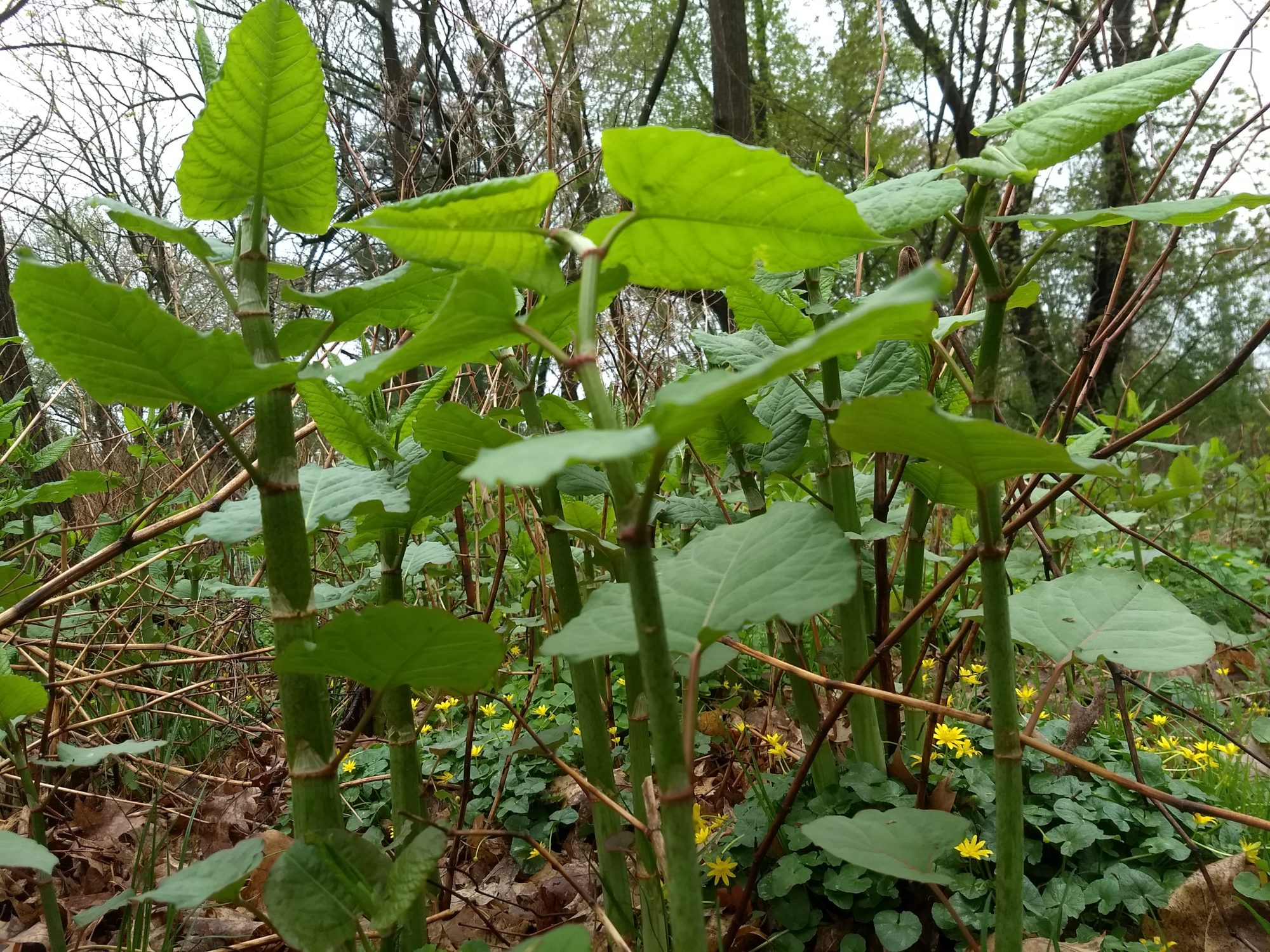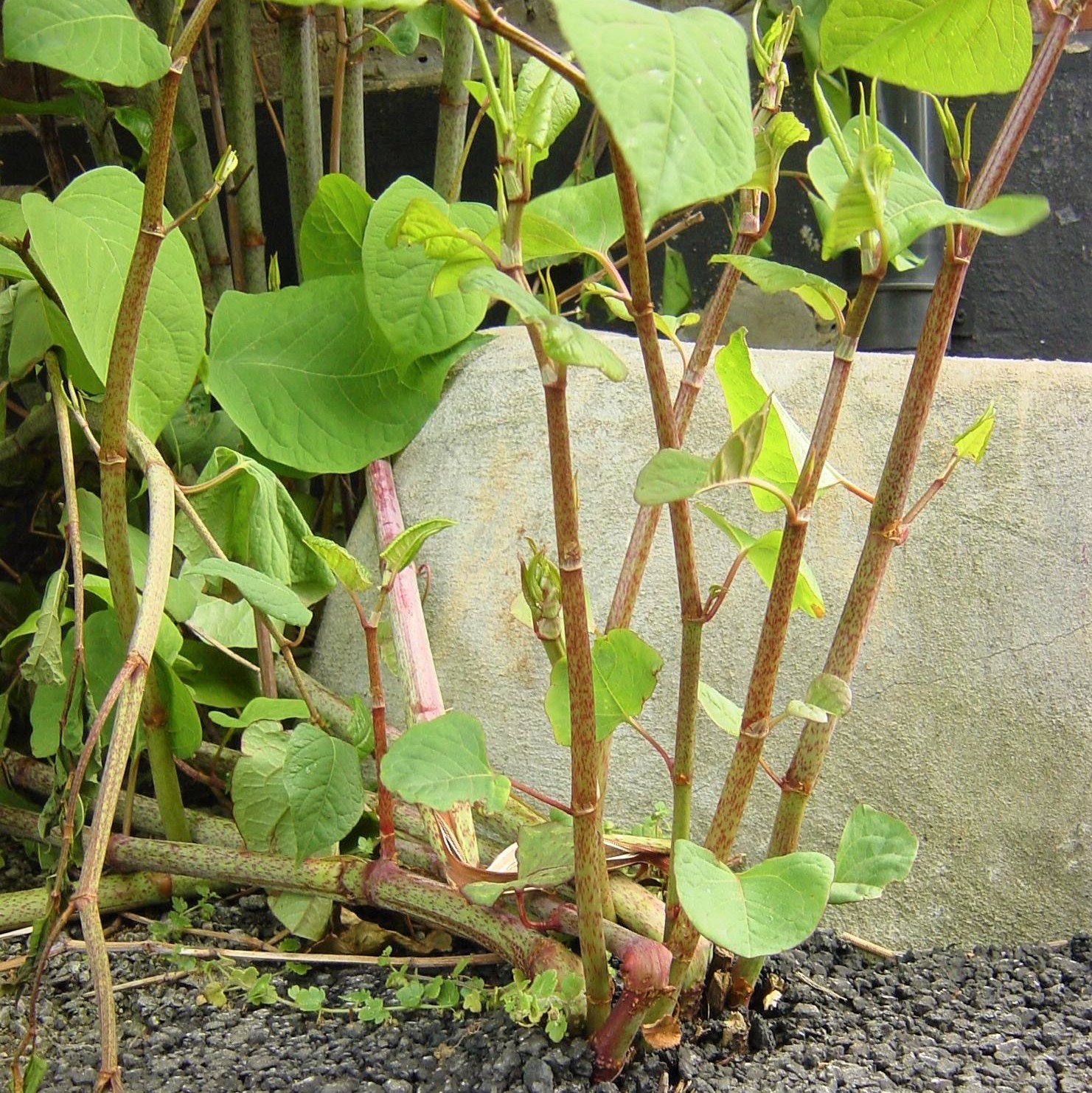The Invasive Weed That's Actually Edible
The Invasive Weed That's Actually Edible
Japanese knotweed is an invasive plant that has been wreaking havoc on ecosystems around the world. It's a fast-growing, hardy plant that can easily outcompete native species. But there's a silver lining: Japanese knotweed is also edible.
The young shoots of Japanese knotweed have a sour, rhubarb-like flavor. They can be eaten raw, cooked, or pickled. The leaves can also be eaten, but they have a stronger flavor. The roots of Japanese knotweed can be used to make a tea or tincture.
In addition to being edible, Japanese knotweed has a number of other benefits. It's a good source of vitamins A and C, and it also contains antioxidants. Some people believe that Japanese knotweed can help to treat a variety of health conditions, including arthritis, gout, and high blood pressure.
Of course, there are also some risks associated with eating Japanese knotweed. The plant contains oxalic acid, which can be harmful in high doses. It's important to cook Japanese knotweed thoroughly to reduce the amount of oxalic acid.
If you're thinking about eating Japanese knotweed, it's important to make sure that it's been harvested from an area that hasn't been sprayed with herbicides. Japanese knotweed is very difficult to kill, and herbicides can contaminate the plant, making it unsafe to eat.
Here are some recipes for using Japanese knotweed:
- Japanese knotweed stir-fry: Heat some oil in a pan and add chopped Japanese knotweed shoots. Stir-fry for a few minutes, until the shoots are tender. Add your favorite vegetables and stir-fry until they're cooked. Serve with rice or noodles.
- Japanese knotweed soup: Bring some water to a boil and add chopped Japanese knotweed shoots. Simmer for a few minutes, until the shoots are tender. Add your favorite vegetables and simmer until they're cooked. Season with salt and pepper to taste.
- Japanese knotweed pickles: Combine chopped Japanese knotweed shoots with vinegar, sugar, and spices. Let the pickles sit in the refrigerator for a few days, before serving.
Conclusion
Japanese knotweed is an invasive weed, but it's also edible. If you're looking for a new and interesting way to use this plant, try one of the recipes above. Just be sure to harvest Japanese knotweed from an area that hasn't been sprayed with herbicides.
Did you know that Japanese knotweed is edible? That's right, this invasive weed can actually be quite tasty, and it's a great way to help control its spread. The best time to eat Japanese knotweed is in the spring, when the shoots are young and tender. They can be eaten raw, cooked, or pickled, and they have a slightly sour flavor that's similar to rhubarb.
If you're interested in learning more about eating Japanese knotweed, I recommend visiting Garden Wiki. This website has a wealth of information on the topic, including recipes, tips for harvesting, and safety information.
FAQ of japanese knotweed edible
Q: Is Japanese knotweed edible?
A: Yes, Japanese knotweed is edible. However, not all parts of the plant are edible, and they are only edible at a certain time of the year. The young shoots, which are harvested in the spring before the plant flowers, are the most commonly eaten part of Japanese knotweed. They can be eaten raw, cooked, or pickled. The root of Japanese knotweed is also edible, but it is more difficult to prepare.
Q: What are the health benefits of eating Japanese knotweed?
A: Japanese knotweed has a number of health benefits. It is a good source of vitamins A, C, and K, as well as fiber. It also contains antioxidants, which can help protect the body against damage from free radicals. Japanese knotweed has also been shown to have anti-inflammatory and anti-cancer properties.
Q: How do I prepare Japanese knotweed?
A: The young shoots of Japanese knotweed can be eaten raw, cooked, or pickled. To prepare them raw, simply wash them and remove the tough outer layer. To cook them, steam or stir-fry them. To pickle them, combine the young shoots with a vinegar solution and let them sit for a few days.
Q: Is Japanese knotweed safe to eat?
A: Yes, Japanese knotweed is safe to eat when prepared properly. However, it is important to note that the plant contains oxalic acid, which can be harmful in high doses. Therefore, it is important to limit your intake of Japanese knotweed to a few servings per week.
Q: Where can I find Japanese knotweed?
A: Japanese knotweed is an invasive species, so it can be found growing in many different areas. It is most commonly found in disturbed areas, such as roadsides, vacant lots, and gardens.
Image of japanese knotweed edible
- Image 1: A close-up of a young Japanese knotweed shoot, with the leaves still tightly furled. The shoot is bright green and has a slightly reddish tinge.

- Image 2: A bowl of cooked Japanese knotweed shoots, which have been sliced into bite-sized pieces. The shoots are bright green and have a slightly translucent appearance.

- Image 3: A plate of Japanese knotweed tempura, which is made with the cooked shoots that have been dipped in batter and fried. The tempura is golden brown and crispy.

- Image 4: A glass of Japanese knotweed juice, which is made with the leaves of the plant that have been juiced. The juice is a bright green color and has a tart, refreshing flavor.

- Image 5: A jar of Japanese knotweed chutney, which is made with the cooked shoots of the plant that have been mixed with spices and vinegar. The chutney is a deep red color and has a sweet, sour, and spicy flavor.

Post a Comment for "The Invasive Weed That's Actually Edible"